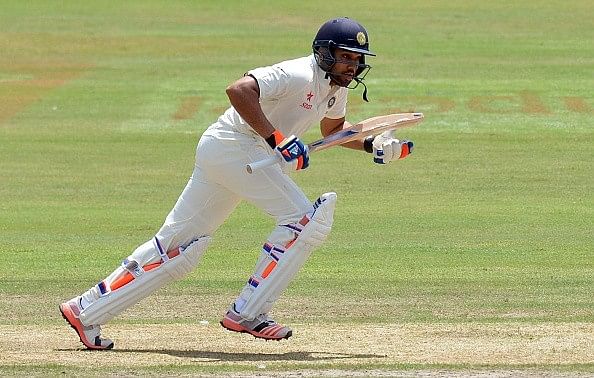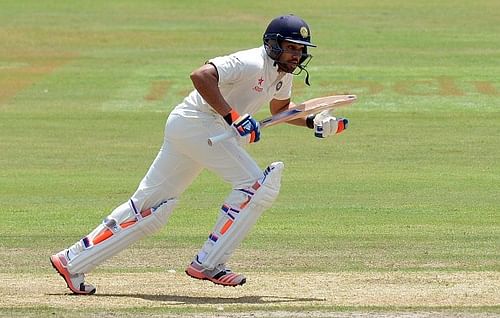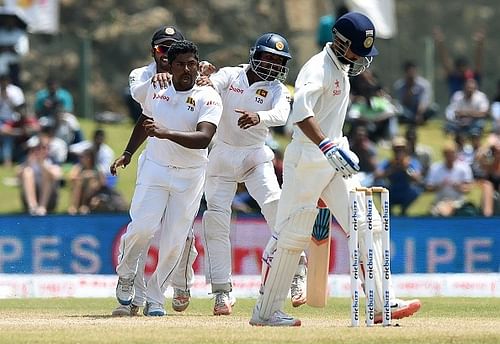
The true meaning of Test Cricket: Lessons for the Indian Team

It’s easy for armchair critics (such as yours truly) to pour so much vitriol on the new-look Team India as it reels from yet another defeat in Test matches. To borrow a phrase from the irascible Geoffrey Boycott, the way these guys played was absolute rubbish.
Dealing with the aftermath of a loss that could have been the win they were so desperately seeking, skipper Virat Kohli and current coach Ravi Shastri have expounded ad nauseum on the need for aggressive cricket. But it has backfired spectacularly on them in more than one way, and remedial measures must be taken to rectify what has been a constant thorn in their flesh since 2011.
For starters, this posturing of aggression must go. What these boys have done is that they have forgotten to stick to basics in their quest for ‘fearless’ cricket. They are a unit, not a disparate bunch of individuals, and they have to realize that quickly or more heartache will be in store. It’s not about how aggressive you are on the field – it’s a lot more than that.
Perhaps a fresh take on what the way forward could be, and the immediate need that is to be addressed, will go a long way in helping India to come out of the funk that they’re in currently:
Gauging: Size Up the Situation & Respond, not React, to it

He may not have been the best player in the longest form of the game, but Mahendra Singh Dhoni does read the nuances of cricket quite well. His philosophy is simple – get in, focus on the job at hand, decide the approach accordingly, and proceed to play. It is exactly the sort of mantra our dear management professors loved to drum into our not-so-focused minds about four years ago.
But while the limited-overs captain has had a fair bit of experience under his belt, his successor is yet finding his feet in those big shoes. Nevertheless, the motto of Test cricket remains the same.
You have to take stock of the situation on hand when you walk out to the middle. The current crop of youthful cricketers, nurtured on a staple diet of lightning-fast Twenty20, didn’t do that on that fateful Saturday in Galle. The result is right in front of us.
Another impression that I received from the way the Indians approached the entire fourth innings chase was that they were more reactive, instead of being responsive. Test matches are a stern examination of your patience, your strength (both mental and physical) and your commitment to deliver victory to your side.
Hence, you’ve got to be able to respond to things, not react and lash out in frustration just because the opposition seems to have worked you out. By responding to high-pressure situations with your skills and abilities, you’re effectively laying the foundation for the rest of the batsmen to follow, or, when bowling, plugging away at the rival lineup with your bag of tricks in hopes of inducing a false stroke sometime. That is one sore spot which Kohli & Shastri have to address soon.